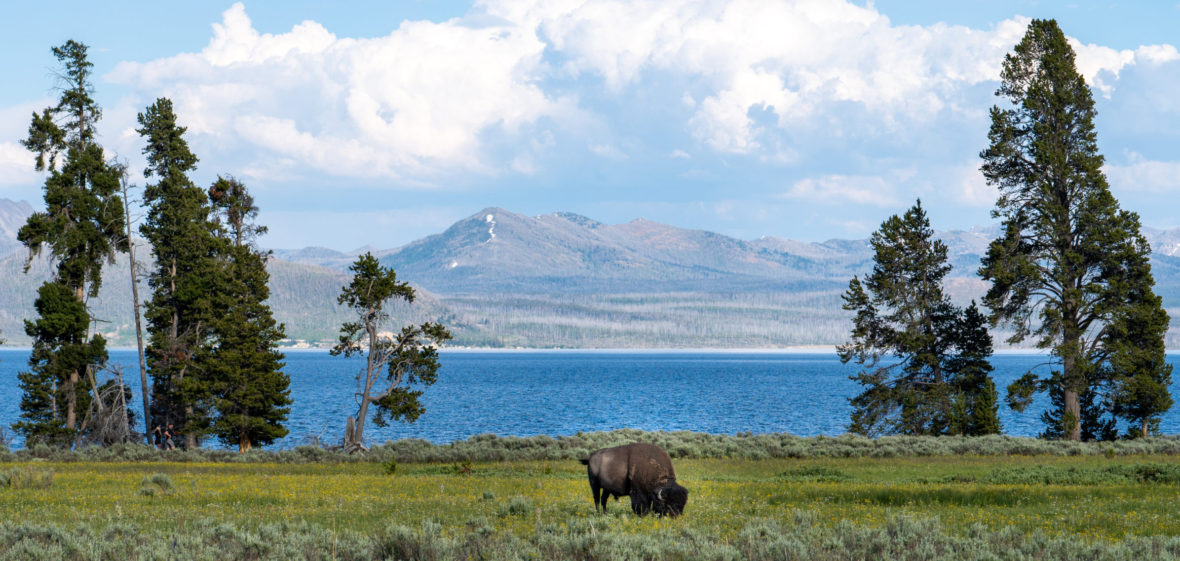My teaching philosophy
“As an interdisciplinary environmental educator, I believe students learn best when they feel a sense of belonging to the learning community, which encompasses instructors, fellow students, and the materials. In my classroom, I foster collaboration, dialogue, and collective learning through group work. I strive to provide course materials that showcase diverse scholars, including those who are early career or BIPOC. I incorporate readings and case studies from different geographies such as Asia, Africa, and Latin America. Another way I promote inclusive teaching is by shifting the focus from solely evaluating students based on their performance to valuing their effort and growth. To facilitate effective learning, particularly in STEM courses like GIS and statistics, I recognize the significance of scaffolding and creating low-stakes opportunities for students to learn from their mistakes…”
“I also believe students learn best when they can make a personal connection to the learning experience while simultaneously expanding their world through it. My own career choice stems from my passion for environmental issues, a sentiment shared by many students in these courses. In my classes, I strive to facilitate meaningful engagement with real-world examples. I encourage students to challenge their pre-existing ideas, and apply new theories and techniques to explore, analyze, and propose solutions to these issues. I design assignments that are open-ended and foster individualized learning and specialization.”
“To me, learning is one of the most fascinating human experiences. My goal as an educator is always to facilitate student learning and growth. To achieve this, I continue to develop my craft in teaching through pedagogical training, adaptation to student feedback, and keeping my courses up to date with the latest scientific advancement.”
To read my full teaching philosophy statement, click here
Course taught as Instructor of Record
Environmental Institutions – ESM 248, Graduate level, Winter 2024, UCSB
Institutions are rules, both formal and informal, that shape interactions between individuals, groups, and organizations. This course focuses on the formation, evolution, and effectiveness of these institutional arrangements, and how they shape environmental issues. Students gain tools to analyze informal, local, national, and international institutions. By recognizing the myriad of rules that affect the design and implementation of environmental management, students will be equipped to better design strategies to address environmental problems in many settings.
Courses taught as Teaching Assistant
Environmental Institutions – ESM 248, Graduate level, Winter 2023, UCSB
Student comments: “Flora was a fantastic TA. She clearly had a strong grasp and passion for the lecture material, and when asked a question she would incorporate her own research and experiences to highlight key course concepts. This was incredibly helpful as it brought a new perspective and set of experiences that increased my understanding and learning of how to apply course concepts in real world applications.”
Geographic Information Systems (GIS) for Environmental Applications – ENVS 154. Undergraduate upper-division, Spring 2022, UCSB
This course explores how Geographic Information Systems (GIS) can help environmental researchers and professionals analyze and communicate the spatial patterns underpinning a wide variety of environmental concerns. It introduces students to the basic theory and application of GIS through hands-on application of the technology to environmental questions.
Student comments: “Flora (Yifan) was one of the best TAs I’ve had at UCSB. She always made herself available when we needed help, whether it was in section or office hours or via email. One could tell she was enthusiastic about the course material and how GIS can be used for real world applications. She would go out of her way to stay up to date on each group’s project and the progress they were making, and was always patient with us when we had questions and would explain things in a way she made sure we understood. She provided good suggestions for how we could improve our project, and if it involved skills we hadn’t specifically learned in class, she would either show us how to do it herself or send us comprehensive information she would find online to make sure we didn’t have to teach ourselves extra skills on our own.”
Ecological Issues – ENVIRON 201. Undergraduate lower-division, Fall 2016, Winter 2017, Fall 2017, University of Michigan
This course involves lectures and discussions on ecological principles and concepts underlying the management and use of natural resources. The class emphasizes the importance of interdisciplinary approaches to matters concerning the allocation of natural resources and the quality of our environment. We will track production and use of products we use every day to issues regarding biodiversity, endangered species, climate change, tropical deforestation, agriculture, air and water pollution, energy production and use, waste disposal, and the role of politics and economics in environmental issues.
